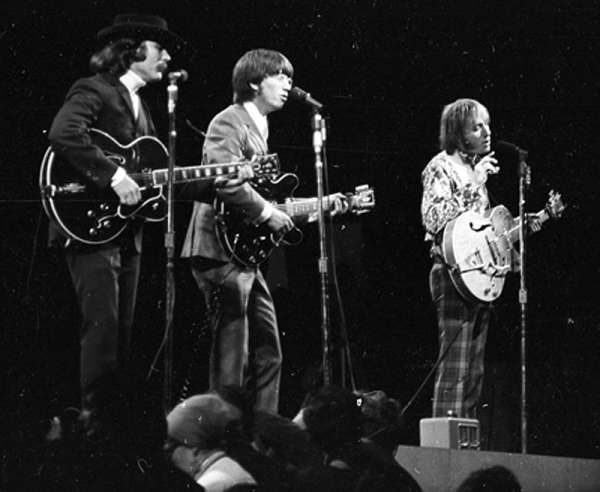Introduction to the Track
"Nowadays Clancy Can't Even Sing" is a standout track from Buffalo Springfield's self-titled debut album, released in 1966. This song marked the band's entry into the burgeoning folk-rock scene of the 1960s, a decade defined by cultural shifts and musical experimentation. Written by Neil Young, the track showcases the band's ability to blend introspective lyrics with innovative musical arrangements.
Cultural Context and Impact
Emerging during the height of the British Invasion and the rise of protest culture, Buffalo Springfield's "Nowadays Clancy Can't Even Sing" resonated with audiences seeking more profound lyrical content. The song's reflective nature and melodic structure captured the essence of the folk-rock movement, which was gaining momentum alongside the psychedelic and garage rock scenes. This track contributed to the band's reputation as pioneers of the genre, influencing future generations of musicians.
Production and Sound
The production of "Nowadays Clancy Can't Even Sing" highlights the band's innovative approach to studio recording. The track features rich vocal harmonies and a layered arrangement that combines acoustic guitars with subtle electric elements, creating a sound that is both intricate and accessible. This blend of acoustic and electric instrumentation was a hallmark of the folk-rock genre, showcasing the band's ability to merge traditional and contemporary sounds.
Notable Live Performances
One of the most memorable live performances of this song was during the band's appearance at the Monterey Pop Festival in 1967. This performance helped solidify Buffalo Springfield's place in rock history, as they shared the stage with other iconic acts of the era. The live rendition captured the raw energy and emotional depth of the studio version, leaving a lasting impression on audiences.
Modern Legacy
Decades after its release, "Nowadays Clancy Can't Even Sing" remains relevant due to its timeless themes and innovative sound. The track continues to be celebrated by music enthusiasts and has been covered by various artists, further cementing its place in the folk-rock canon. Its enduring appeal lies in its ability to resonate with listeners across generations, making it a quintessential example of 1960s folk-rock.





Comments (0)